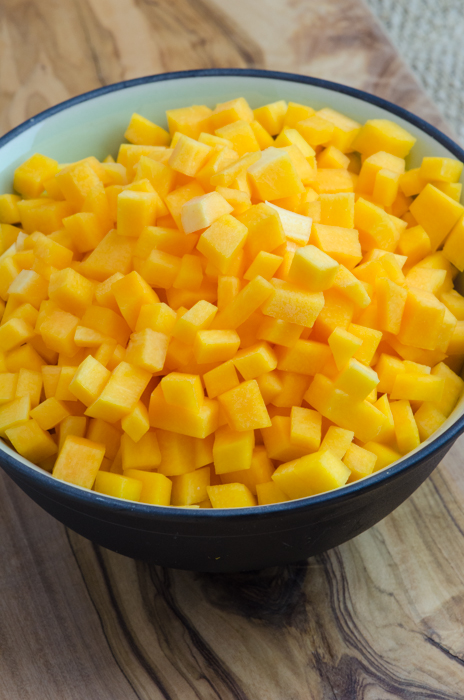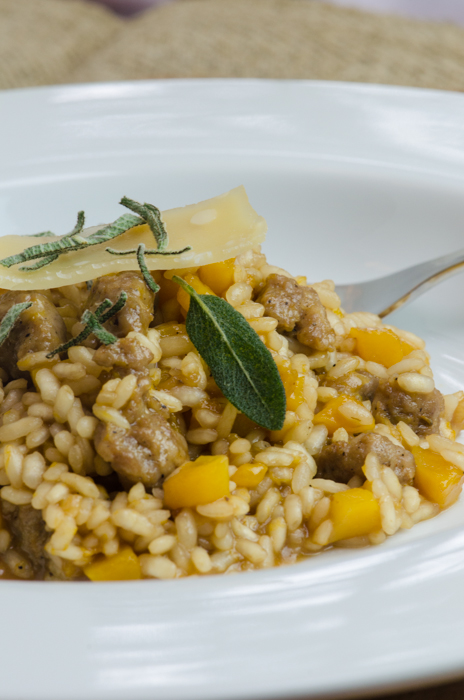 Exploring the countryside of Northern Italy during our walking and cycling tours we find ourselves on one of the only flat plains in this otherwise mountainous country. Here in the marshy areas of the Po River Valley, rice found a natural habitat. The result is a wide array of risotto dishes found in the traditional cuisines of the area, from Risotto alla Milanese in Lombardia to Risotto con Funghi in Trentino-Alto Adige. Verona is a favorite destination of ours, and just south of this lovely city is a farm that still cultivates risotto rice, Antica e Rinomata Riserva Ferron. Their web site gives a thorough overview of the history of this grain in Italy.
Exploring the countryside of Northern Italy during our walking and cycling tours we find ourselves on one of the only flat plains in this otherwise mountainous country. Here in the marshy areas of the Po River Valley, rice found a natural habitat. The result is a wide array of risotto dishes found in the traditional cuisines of the area, from Risotto alla Milanese in Lombardia to Risotto con Funghi in Trentino-Alto Adige. Verona is a favorite destination of ours, and just south of this lovely city is a farm that still cultivates risotto rice, Antica e Rinomata Riserva Ferron. Their web site gives a thorough overview of the history of this grain in Italy.
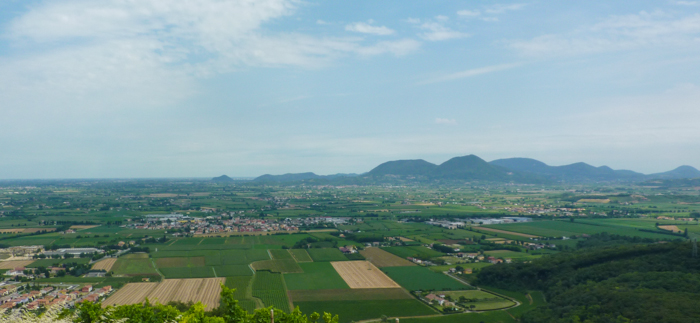 The origin of the cultivation of rice is poorly documented. Some scholars believe it was grown as early as the seventh century BC on the island of Java; others identify China. What is certain is that it spread throughout Asian; from Japan to the Middle East.
The origin of the cultivation of rice is poorly documented. Some scholars believe it was grown as early as the seventh century BC on the island of Java; others identify China. What is certain is that it spread throughout Asian; from Japan to the Middle East.
Rice did not appear on tables in the west until many years later. The Greeks knew the methods of cultivation, thanks to the campaigns of Alexander the Great, but never adopted it in Greece. The Romans knew rice not as food, but as a precious spice used to prepare herbal teas, digestive teas and creams. According to some sources it was the Arabs, and then the Aragonese to introduce it in the south of Italy. According to others it was the Crusaders and the Venetian merchants to introduce it in Italy. Here in the north, it found its home in the flatter wet plains along the Po River in Piedmont, Lombardy and Veneto.
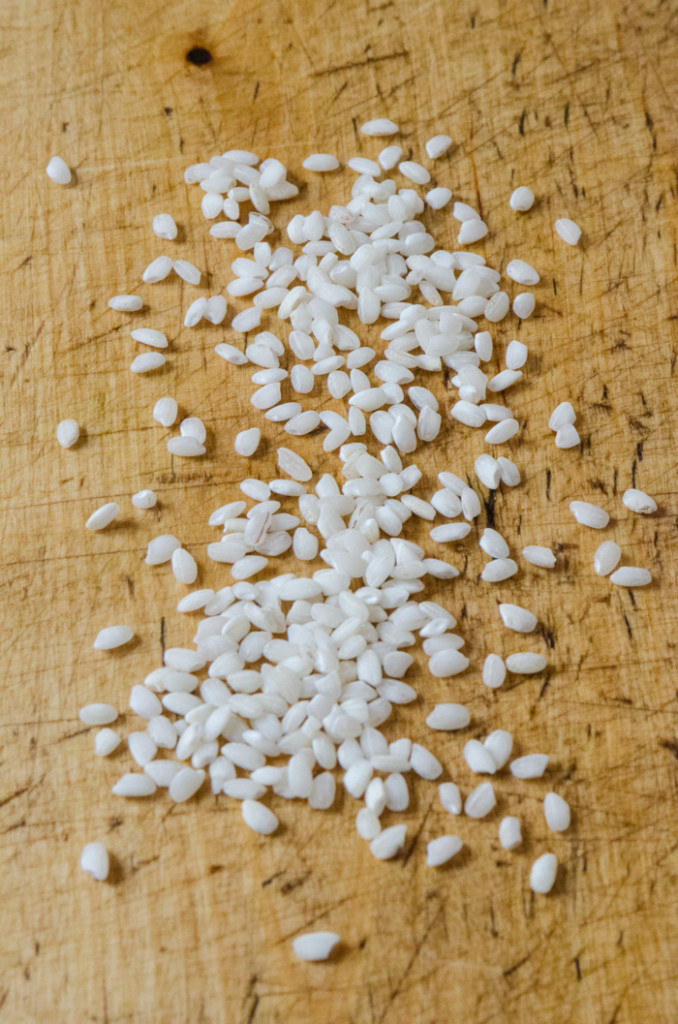 The first firm evidence of the cultivation of rice in Italy is a letter from 1475 in which Gian Galeazzo Sforza, Duke of Milan, sent 12 bags of rice to the Duke of Ferrara so he might taste the product of his lands. In the following centuries constant land reclamation and a new water infrastructure enabled the spread of the rice fields, despite the resistance of the authorities who considered these rich areas of standing water a source of malaria – which was one of the leading causes of death in Italy until the 1950s.
The first firm evidence of the cultivation of rice in Italy is a letter from 1475 in which Gian Galeazzo Sforza, Duke of Milan, sent 12 bags of rice to the Duke of Ferrara so he might taste the product of his lands. In the following centuries constant land reclamation and a new water infrastructure enabled the spread of the rice fields, despite the resistance of the authorities who considered these rich areas of standing water a source of malaria – which was one of the leading causes of death in Italy until the 1950s.
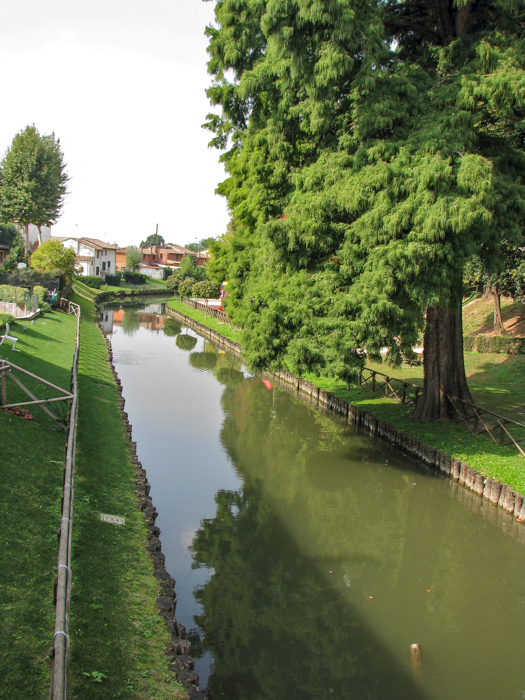 With the opening of the Suez Canal, the Italian production of rice suffered due to the import of cheaper rice from Asia. This continued until the end of World War II, when a growth trend began that brought Italy to a leading position in the European market. In concert with this growth was a resurgence of Italian style rices that possess the unique characteristics required for the best risotto – an extraordinary ability to absorb liquids and seasonings, up to an impressive twice its weight, and a kernel that retains is consistency during cooking, rather than becoming mushy.
With the opening of the Suez Canal, the Italian production of rice suffered due to the import of cheaper rice from Asia. This continued until the end of World War II, when a growth trend began that brought Italy to a leading position in the European market. In concert with this growth was a resurgence of Italian style rices that possess the unique characteristics required for the best risotto – an extraordinary ability to absorb liquids and seasonings, up to an impressive twice its weight, and a kernel that retains is consistency during cooking, rather than becoming mushy.
Riso Vialone Nano Veronese risotto rice emerged as part of this resurgence, and is now the pride of the Veneto region. This risotto rice was created in 1937 by crossing the variety Vialone and Nano: the intention was to reduce the size of the Vialone to avoid the damage caused during harvest. In 1996 Riso Vialone Nano became the first in Europe to boast the IGP.
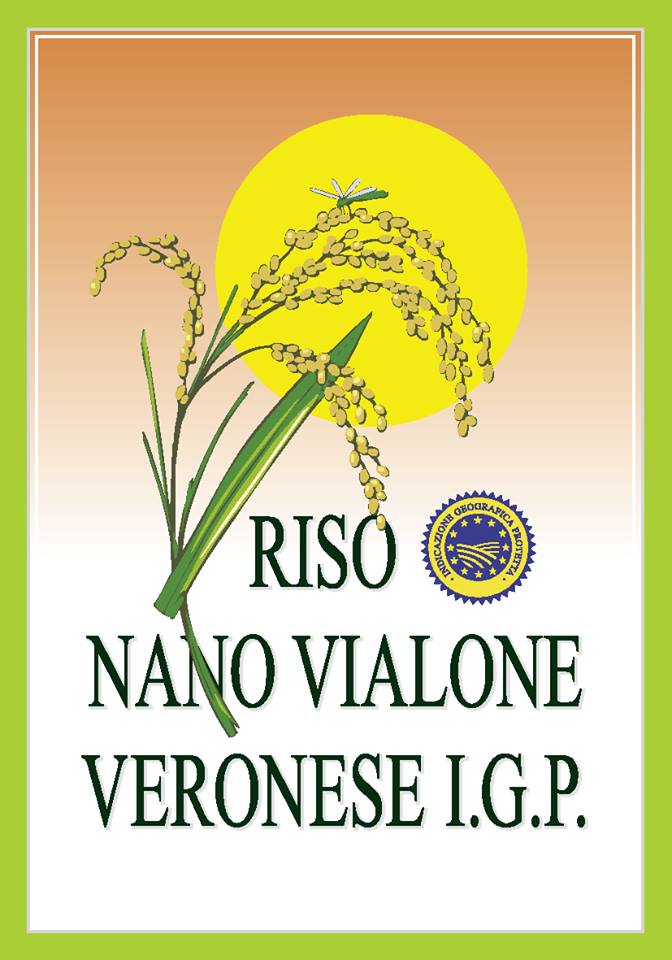 The recipe below is just one example of the main flavors of risotto found in the Veneto. The source is a recipe book put out by one of the region’s tourist boards, so it identifies the local products one would use – the Vialone Nano rice, Soave wine, Grana cheese. I’ve identified options that you are more likely to find here in the US. To make it vegetarian, leave out the sausage and use vegetable stock. It is naturally gluten free.
The recipe below is just one example of the main flavors of risotto found in the Veneto. The source is a recipe book put out by one of the region’s tourist boards, so it identifies the local products one would use – the Vialone Nano rice, Soave wine, Grana cheese. I’ve identified options that you are more likely to find here in the US. To make it vegetarian, leave out the sausage and use vegetable stock. It is naturally gluten free.
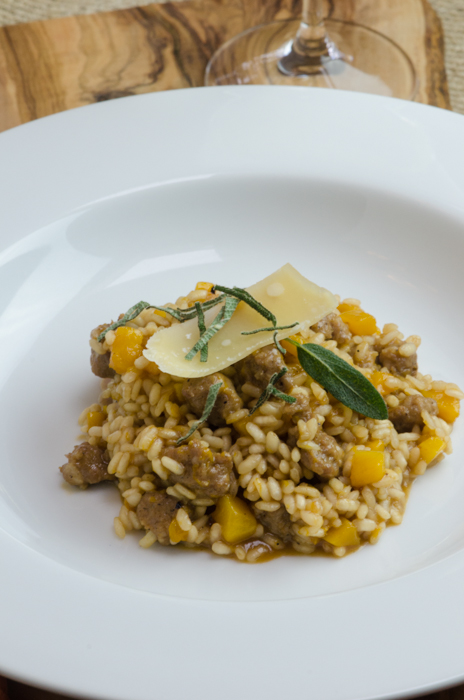 Risotto con Zucca e Salsiccia
Risotto con Zucca e Salsiccia
Serves 4
2 tablespoons extra virgin olive oil
1/2 onion, cut in 1/4” dice
1 pound pumpkin, peeled and cut into 1/4” dice
8 ounces sausage, skin removed and cut into pieces
Kosher salt and freshly ground pepper
6 cups meat stock
1 1/2 cups Vialone Nano rice from Verona (or another risotto rice like Carnaroli or Arborio)
1/2 cup Soave or other dry white wine
Grana cheese, grated or Parmigiano-Reggiano
Sage
Heat the olive oil in a large sauce pan, and gently saute the onion. When slightly browned, add the pumpkin and sausage. Cook for about 5 minutes. Season with salt and pepper.
In a large saucepan, heat the stock, keeping it just below a simmer.
Add the rice to the sauté pan with the pumpkin and sausage. Stir for about 1 minute, until the grains are coated with the fat and liquid in the pan. Add the wine, and simmer slowly, stirring frequently, until it has evaporated.
Add a ladleful of the hot stock and again simmer, stirring gently, until the stock is absorbed. Continue adding the stock a ladleful at a time, stirring and waiting until the stock is absorbed before the next addition of stock. Continue until the rice is al dente. The stock may not all be used.
When the risotto is done, stir in the grana cheese and season with salt to taste. Serve, garnish with the fresh sage.
